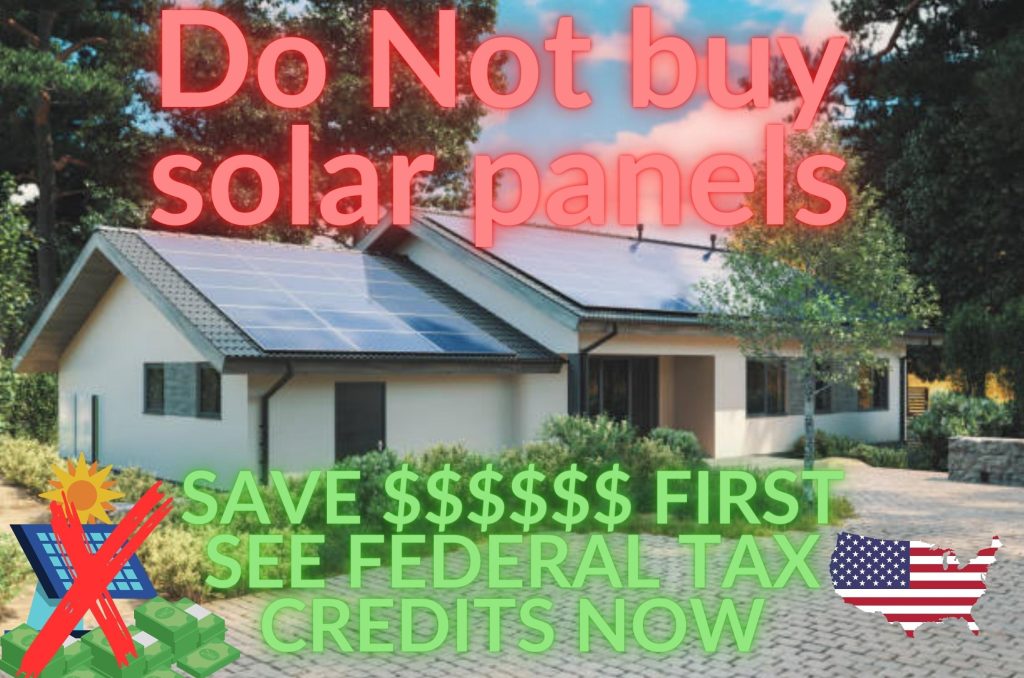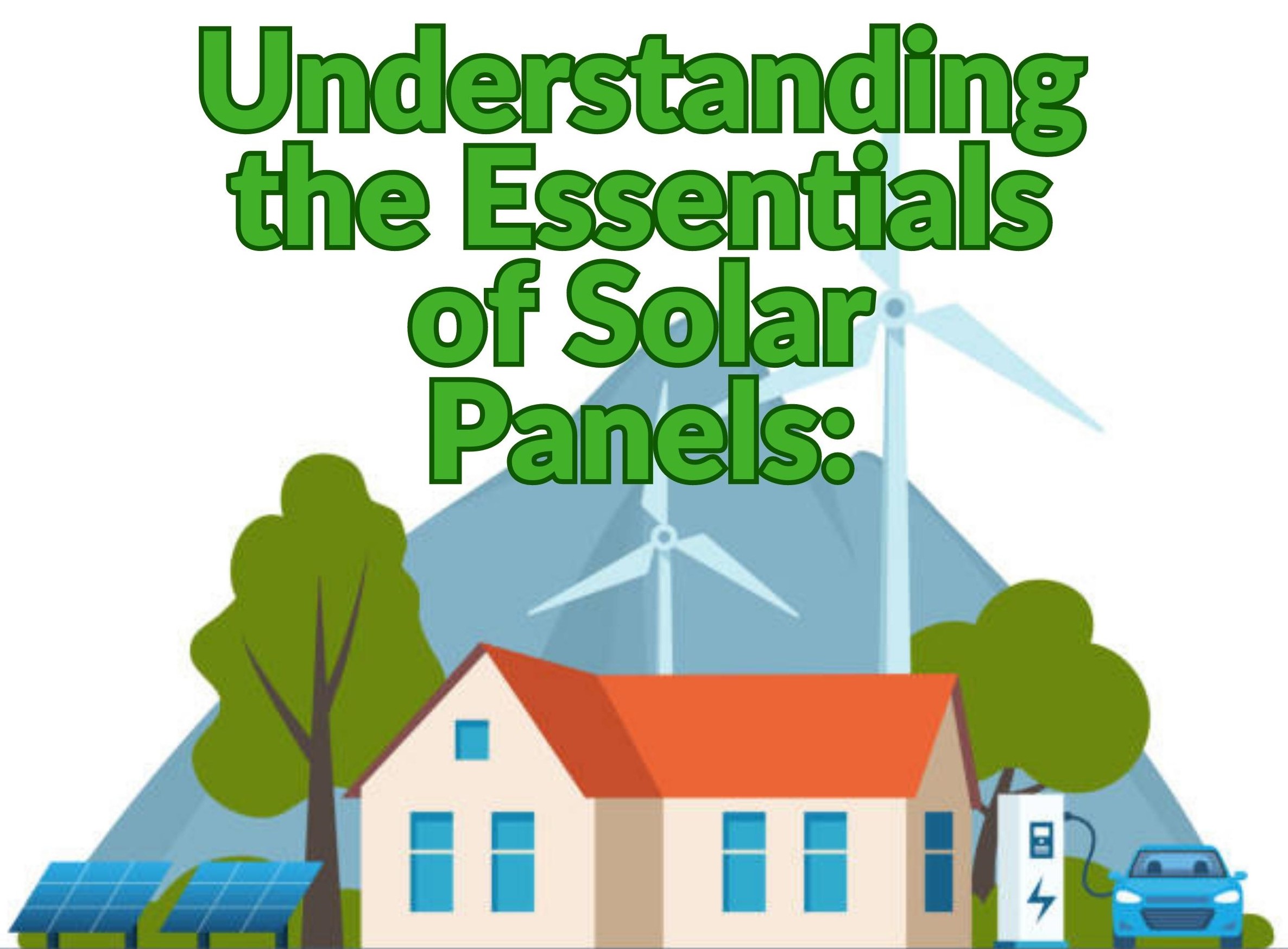Part 1 – Payment & Financing Options, Federal Tax Credits, and Solar Offsets
Introduction:
The utilization of solar panels can significantly reduce energy bills and carbon footprint while adding value to the property. However, many homeowners are hesitant to make the switch to solar power due to the lack of information and understanding about this technology. In this blog series, we will delve into the essentials of solar panels, starting with the payment and financing options, federal tax credits, and solar offsets.
Section 1:
Payment and Financing Options
The initial cost of purchasing and installing solar panels can be high, but the long-term benefits make it a worthwhile investment. Here are some payment and financing options to consider:

Cash:
Paying for solar panels outright can result in the most significant savings in the long run since it eliminates interest charges and monthly payments.
Loan:
Homeowners can obtain a loan to finance the installation of solar panels. The interest rate and the loan term vary depending on the lender.


Lease:
Solar panel leasing options are available from some providers, allowing homeowners to rent solar panels for a fixed monthly fee. Leasing options typically come with maintenance and repair services.
Power Purchase Agreement (PPA):
PPAs allow homeowners to have solar panels installed without any upfront costs. Homeowners agree to purchase the electricity generated by the panels from the provider at a fixed rate.

Section 2:
Federal Tax Credits
The government offers incentives to homeowners who install solar panels. Here are some of the federal tax credits available:
Disclaimer: This guide provides a brief overview of the federal investment tax credit for residential solar photovoltaics (PV). (See the Federal Solar Tax Credits for Businesses for information for businesses). It does not constitute professional tax advice or other professional financial guidance and may change based on additional guidance from the Treasury Department. Please see their published Fact Sheet for additional information. The below guide should not be used as the only source of information when making purchasing decisions, investment decisions, tax decisions, or when executing other binding agreements.
Solar Rebates:
Did you know? 8 out of 10 homeowners miss out on solar energy rebates. These rebates vary from state to state so it is important to do research to make sure you get the proper savings.


Solar Energy Investment Tax Credit (ITC):
This tax credit covers 30% of the total cost of the solar panel system, including installation, for homeowners who purchase and install solar panels.
Solar Stimulus Program:
Along with Federal Tax Credits some states offer extra incentives, possibly resulting in $0- DOWN.

Section 3:
Solar Offsets
A solar offset is a process in which homeowners with solar panels can sell the excess electricity generated by their solar panels to the local utility company.

Here’s how it works:
The excess electricity generated by the solar panel system is sent to the local utility company’s power grid.
The homeowner is credited for the excess electricity, which can be used to offset the energy used when the solar panels are not generating enough electricity.
The credit can also be used to reduce the energy bills, resulting in significant savings in the long run.
Conclusion:
Understanding the basics of solar panels, including payment and financing options, federal tax credits, and solar offsets, can help homeowners make informed decisions about whether solar panels are right for them. With the cost of solar panels decreasing and the benefits becoming more evident, making the switch to solar power has never been more accessible.






